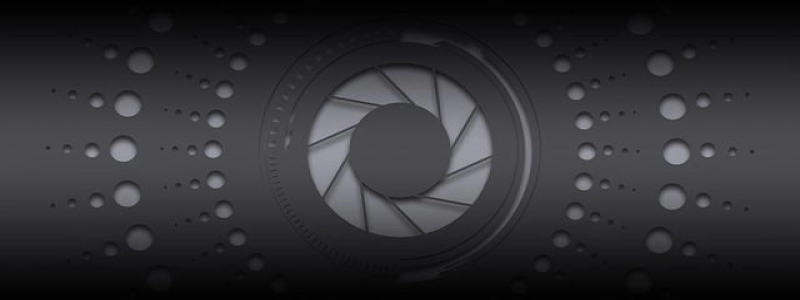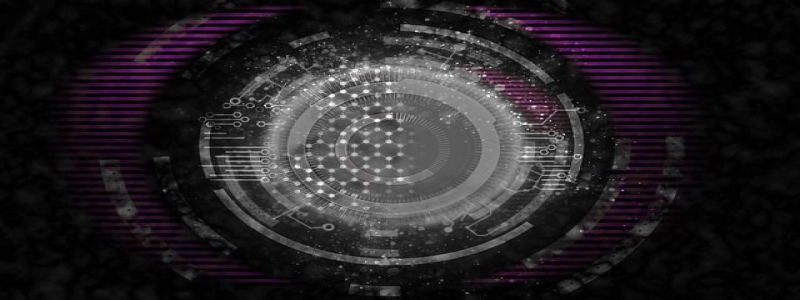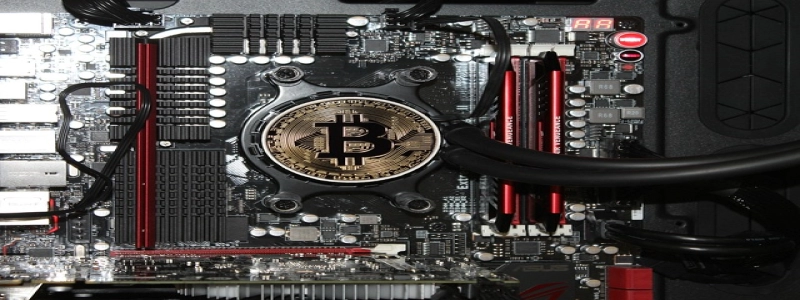[Level One Title] Introduction to LC Type Fiber Connector
[Level Two Title] What is a Fiber Connector?
A fiber connector is a device used to terminate the end of an optical fiber and enable it to be connected to other fibers or devices. It ensures an accurate and efficient transfer of light signals between fibers, minimizing signal loss and maximizing performance.
[Level Two Title] Understanding LC Type Fiber Connectors
LC stands for Lucent Connector, also known as Little Connector. It is a small form-factor fiber optic connector that has gained popularity due to its high performance and compact size. LC connectors are widely used in telecommunication, data center, and local area network applications.
[Level Three Title] Key Features of LC Type Fiber Connectors
1. Size: LC connectors are about half the size of a standard SC connector, making them ideal for high-density applications where space is limited.
2. Performance: LC connectors offer excellent optical performance with low insertion loss and return loss, ensuring reliable data transmission.
3. Durability: LC connectors are designed to withstand repeated insertions and removals, ensuring a long lifespan and reduced maintenance efforts.
4. Easy Installation: LC connectors use a push-pull mechanism, making them easy to install and remove without the need for special tools.
[Level Three Title] LC Type Fiber Connector Variants
1. Simplex: A simplex LC connector has one fiber and is commonly used for single-mode applications or where only one-way communication is required.
2. Duplex: A duplex LC connector has two fibers, allowing simultaneous bidirectional communication. It is commonly used in applications such as data centers and network switches.
3. Quad: A quad LC connector has four fibers, providing high-density connectivity in applications where multiple optical signals need to be transmitted.
[Level Three Title] LC Type Fiber Connector Color Coding
LC connectors often use color coding to distinguish between different fiber types or signal wavelengths. The most common color coding schemes are:
1. Blue: Used for single-mode connectors.
2. Beige: Used for multimode connectors.
3. Aqua: Used for connectors with an ultra-low water peak for enhanced performance.
[Level Two Title] Advantages of LC Type Fiber Connectors
1. Scalability: The small form factor of LC connectors allows for high-density installations, making them suitable for expanding network capacities without physical constraints.
2. Compatibility: LC connectors are compatible with various fiber types, including single-mode and multimode fibers, offering flexibility in network design and upgrades.
3. Reliability: LC connectors provide reliable and stable connections, reducing the risk of signal loss and improving overall network performance.
4. Cost-Effectiveness: The small size and easy installation of LC connectors contribute to lower installation and maintenance costs.
[Level Two Title] Conclusion
LC type fiber connectors are a popular choice in the field of fiber optic communication due to their compact size, excellent performance, and versatility. Their superior features, combined with their ease of installation and compatibility with different fiber types, make them a preferred option for various applications.








